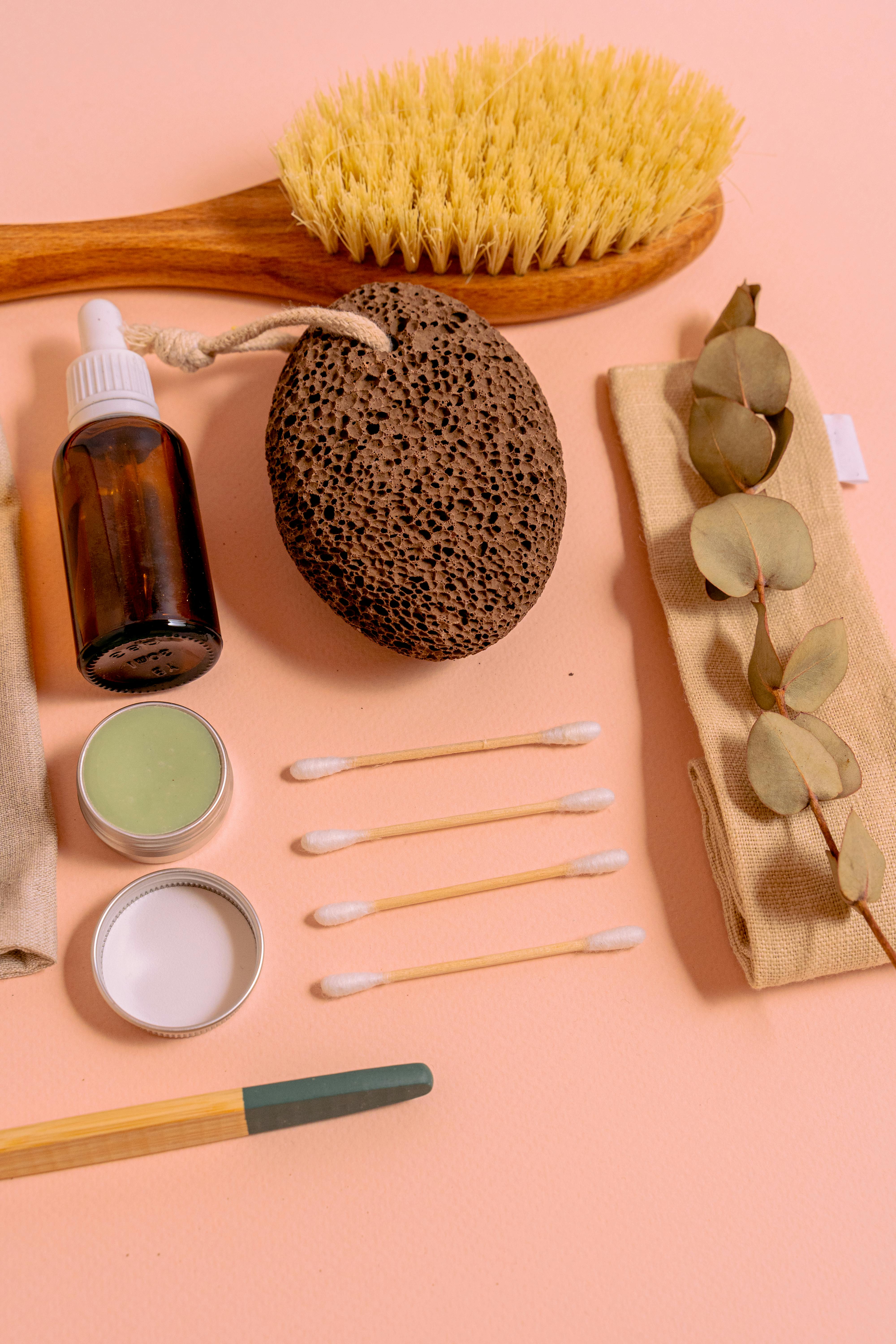Extending the lifespan of solid cleansers with simple care
Solid cleansers can last far longer with a few thoughtful habits: correct storage, mindful use, and simple DIY maintenance. This article explains practical care tips for natural, handmade, or store-bought bars to reduce waste, preserve texture and scent, and keep formulations suitable for sensitive skin and travel.

Solid cleansers are practical, portable, and often more sustainable than liquid alternatives, but they do require deliberate care to perform well and last. Proper handling protects delicate ingredients, maintains pH balance relevance for skin health, and reduces breakage and waste. Below are straightforward strategies to extend lifespan — applicable to natural, handmade, and commercial bars used in face, body, or hand routines.
How do cleansers and pH affect longevity?
The pH of a solid cleanser influences both how it feels on skin and how its ingredients hold up over time. Soaps made with balanced pH suitable for sensitive skin tend to be formulated to minimize harshness; however, high-alkaline bars can become brittle faster. Avoid storing bars where they will encounter frequent temperature shifts or direct heat, which can accelerate evaporation of volatile components and alter texture. When possible, choose bars formulated with skin-friendly pH and keep them dry between uses to reduce degradation and microbial risk.
What packaging and storage keep them sustainable?
Packaging and storage choices have a direct impact on durability and on how sustainable your routine will be. Solid cleansers benefit from well-ventilated trays, slotted soap dishes, or hanging mesh pouches that let water drain and air circulate. Reusable or minimal packaging reduces waste: metal tins, ceramic dishes, or wrapped cardboard are better than single-use plastics. For travel, store bars in containers that drain or allow drying, and avoid sealing damp bars for long periods, which can soften and shorten their useful life.
How can natural and handmade formulas be cared for?
Natural and handmade bars often contain fewer preservatives and more fresh oils, so they can be more sensitive to moisture and temperature. Let these bars dry fully between uses and slice large bars into smaller pieces to reduce exposure of the whole batch. Keep them away from direct sunlight and humid areas like the shower floor; consider a wall-mounted holder or a shelf outside the shower stream. If a bar softens or crumbles, pat it gently with a towel and store it on a raised, draining surface until firm again.
How to handle sensitive skin and ingredient concerns?
For sensitive skin, preserving the integrity of the ingredients matters: store bars in cool, dry places and avoid cross-contamination with other products. If a bar contains essential oils, exfoliants, or botanicals, these materials can oxidize or break down if left damp or exposed to sunlight. Rinse bars after use to remove residue, and rotate bars to let each dry properly. When trying a new handmade or natural formulation, test it on a small skin area and monitor for reactions over a few days.
Can DIY and travel-friendly techniques extend life?
DIY solutions can refresh and extend bar life. If small fragments accumulate, press them together with a little water and let them air dry to create a single usable piece. Grated soap scraps can be melted gently and reformed into new bars (use low heat and be mindful of ingredient stability). For travel, pack a thin slice rather than a whole bar and use a container with airflow; this reduces waste and keeps the bar usable on arrival. Small, deliberate portions reduce moisture exposure and prevent the whole bar from becoming a soggy mess.
How does zerowaste practice fit into skincare routines?
A zerowaste approach emphasizes reducing packaging, repairing instead of discarding, and thoughtful purchasing. Buy bars from trusted handmade or natural producers whose ingredient lists you can read, or choose concentrated formulations that require less frequent replacement. Reclaim small leftover pieces by binding them into a new bar or using them as a cleaning bar for laundry or household tasks. Consistent care — drying, appropriate storage, and rotating bars — complements zerowaste goals by extending product life and reducing the frequency of repurchase.
In summary, extending the lifespan of solid cleansers is mostly about control of moisture, temperature, and exposure to the elements. Small habits — using draining packaging, allowing full drying time, storing away from heat and light, and repurposing scraps — preserve texture, scent, and performance for natural, handmade, and commercial bars alike. These steps support skin-friendly pH maintenance, reduce waste, and make solid cleansers a more economical and sustainable choice worldwide.





